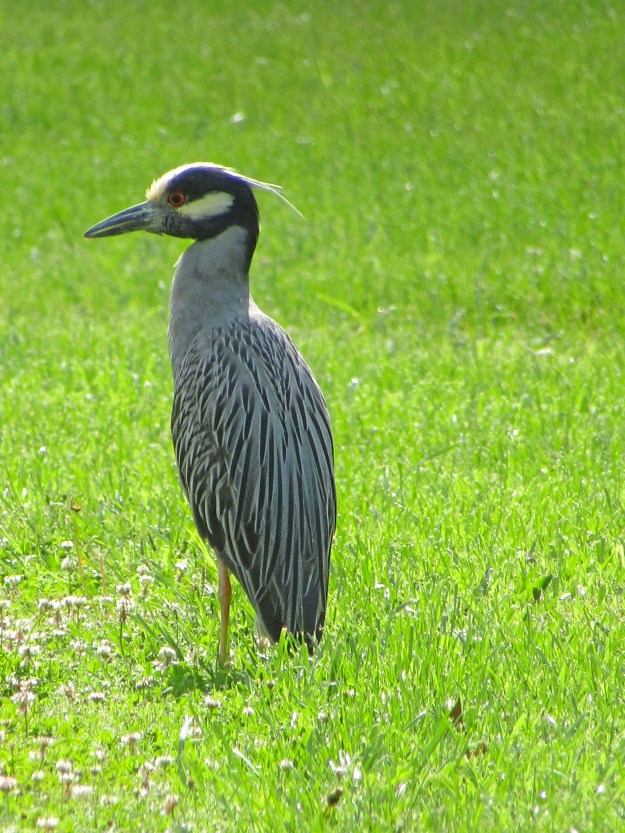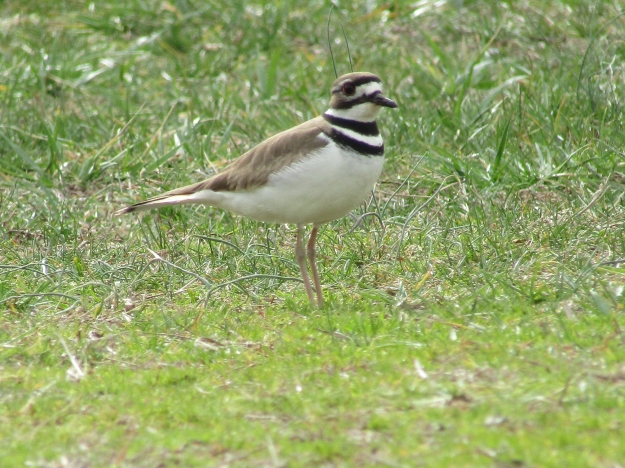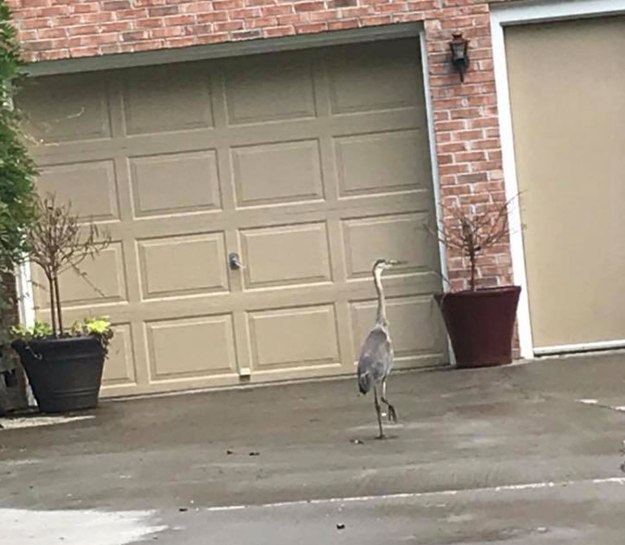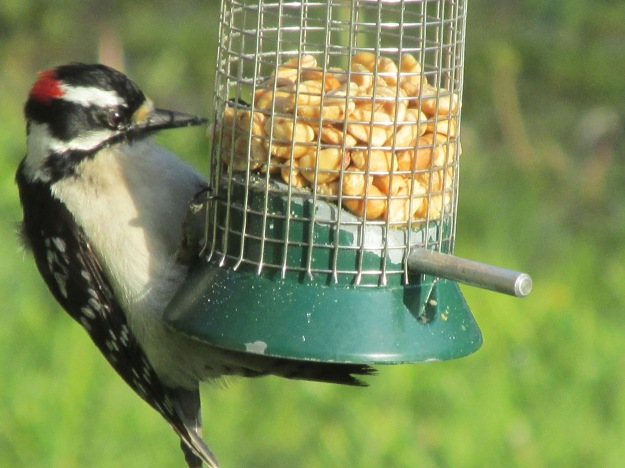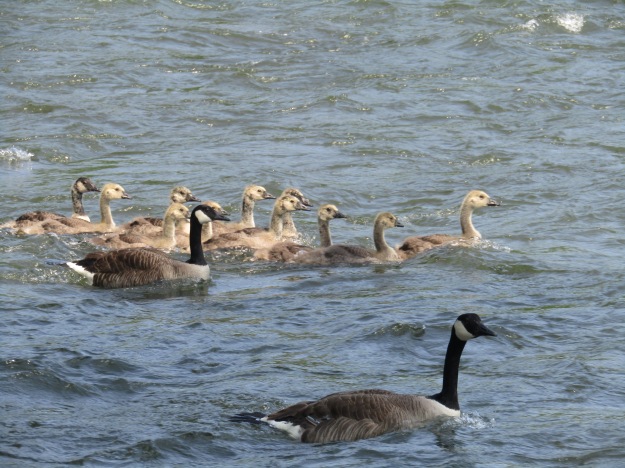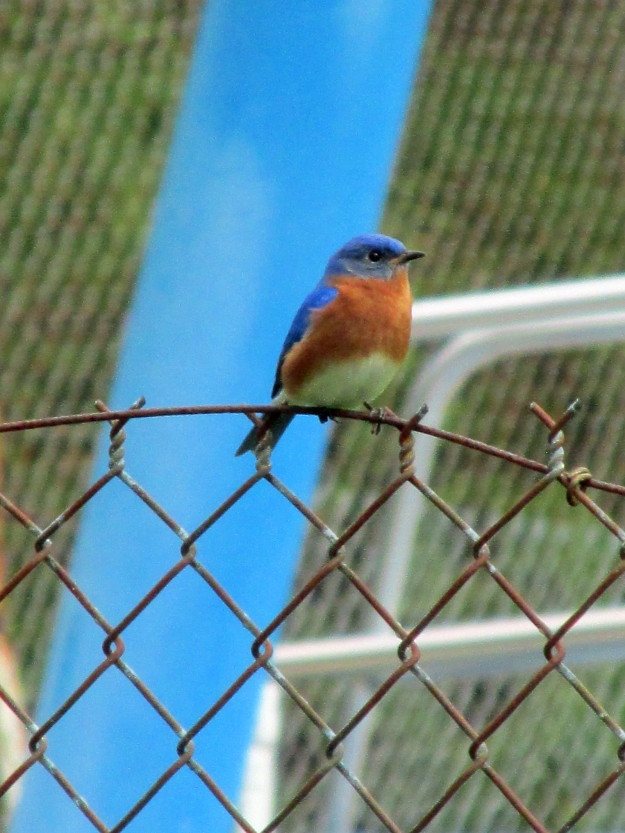
Photo by Bryan Stevens • Several species of herons were located on the Spring Bird Count for Northeast Tennessee,, including Black-crowned Night Heron.
Not even a pandemic could prevent the Elizabethton Bird Club from conducting the 77th consecutive Elizabethton Spring Bird Count. The annual survey was held Saturday, May 2. The area covered included Carter County and parts of the adjacent counties of Johnson, Sullivan, Unicoi and Washington. Fifty-one observers participated in 22 parties using the suggested social distancing protocols.
Although I counted alone due to social distancing, I had a wonderful day. I even added a new life bird to my list when I saw a Mississippi Kite at Sycamore Shoals State Historic Park in Elizabethton. My fellow participants also found some good birds.
A total of 159 species were tallied. The recent 30-year average is 149 species. However, broken down by decades, this particular count has seen a steady increase during that period, as follows: 1990s had an average of 145 species, the 2000s saw that increase to 150 species, and the 2010s saw another rise to 153 species. The all-time high on this count was 166 species back in 2016.
The count found 27 species of warblers, including such notable finds as Blackpoll Warbler and Nashville Warbler. The most abundant warblers were Hooded Warbler — which is my personal favorite — and Ovenbird. Each of these had 171 individuals counted.
The most abundant bird was Cliff Swallow with a total of 782 individuals counted. These swallows form nesting colonies under bridges and other structures. They have greatly increased in numbers over the past couple of decades. The other common birds, in descending order, were American Robin, 780; European Starling, 740; Canada Goose, 440; and Cedar Waxwing, 381.
Some of the notable misses on this spring’s count included Northern Bobwhite, Sharp-shinned Hawk, Common Nighthawk, Horned Lark, and Cape May Warbler.
Below is the total for the count:
Canada Goose, 440; Wood Duck, 55; Mallard, 115; Blue-winged Teal, 20; Bufflehead, 9; Common Goldeneye, 1; and Red-breasted Merganser, 3.

Photo by Bryan Stevens • Wood ducks were among the few waterfowl reported on the recent summer count.
Ruffed Grouse, 1; Wild Turkey, 26; Common Loon, 10; Pied-billed Grebe, 1; Double-crested Cormorant, 95; Great Blue Heron, 74; Green Heron,16; Black-crowned Night-Heron, 5; and Yellow-crowned Night-Heron, 5.
Black Vulture, 105; Turkey Vulture, 140; Osprey, 11; Mississippi Kite, 1; Northern Harrier, 1; Bald Eagle, 8; Cooper’s Hawk, 4; Broad-winged Hawk, 14; and Red-tailed Hawk, 30.
Sora, 3; Killdeer, 58; Spotted Sandpiper, 17; Solitary Sandpiper, 57; Lesser Yellowlegs, 25; Least Sandpiper, 3; Pectoral Sandpiper, 1; and Wilson’s Snipe, 2.
Bonaparte’s Gull, 2; Ring-billed Gull, 2; Forster’s Tern, 1; Rock Pigeon, 141; Eurasian Collared-Dove, 4; Mourning Dove, 253; Yellow-billed Cuckoo, 3; and Black-billed Cuckoo, 2.
Eastern Screech-Owl, 8; Great Horned Owl, 4; Barred Owl, 1; Northern Saw-whet Owl, 1; Chuck-will’s-widow, 13; and Eastern Whip-poor-will, 24.
Chimney Swift, 129; Ruby-throated Hummingbird, 32; Belted Kingfisher, 11; Red-headed Woodpecker, 9; Red-bellied Woodpecker, 117; Yellow-bellied Sapsucker, 9; Downy Woodpecker, 69; Hairy Woodpecker, 11; Northern Flicker, 47; and Pileated Woodpecker, 57.

Photo by Bryan Stevens • Eastern Kingbirds are easily identified thanks to the band of white at the end of the bird’s black tail feathers.
American Kestrel, 4; Peregrine Falcon, 1; Eastern Wood-Pewee, 11; Acadian Flycatcher, 10; Least Flycatcher, 10; Eastern Phoebe, 166; Great Crested Flycatcher, 21; Eastern Kingbird, 60; Loggerhead Shrike, 1.
White-eyed Vireo, 9; Yellow-throated Vireo, 9; Blue-headed Vireo, 107; Warbling Vireo, 12; Red-eyed Vireo, 248; Blue Jay, 273; American Crow, 349; Fish Crow, 2; Common Raven, 12.
Northern Rough-winged Swallow, 121; Purple Martin, 61; Tree Swallow, 315; Barn Swallow, 170; Cliff Swallow, 782.
Carolina Chickadee, 236; Tufted Titmouse, 226; Red-breasted Nuthatch, 8; White-breasted Nuthatch, 44; Brown Creeper, 3; House Wren, 82; Winter Wren, 8; Marsh Wren, 1; Carolina Wren, 245; Blue-gray Gnatcatcher, 102; Golden-crowned Kinglet, 5; and Ruby-crowned Kinglet, 5.
Eastern Bluebird, 238; Veery, 14; Swainson’s Thrush, 6; Hermit Thrush, 3; Wood Thrush, 112; American Robin, 778; Gray Catbird, 91; Brown Thrasher, 89; Northern Mockingbird, 149; European Starling, 740; and Cedar Waxwing, 381.
Ovenbird, 171; Worm-eating Warbler, 29; Louisiana Waterthrush, 44; Northern Waterthrush, 4; Golden-winged Warbler, 5; Black-and-white Warbler, 113; Swainson’s Warbler, 9; Nashville Warbler, 1; Kentucky Warbler, 3; Common Yellowthroat, 25; Hooded Warbler, 171; American Redstart, 25; Northern Parula, 68; Magnolia Warbler, 4; Blackburnian Warbler, 12; Yellow Warbler, 8; Chestnut-sided Warbler, 36; Blackpoll Warbler, 1; Black-throated Blue Warbler, 103; Palm Warbler, 4; Pine Warbler, 13; Yellow-rumped Warbler, 57; Yellow-throated Warbler, 32; Prairie Warbler, 3; Black-throated Green Warbler, 144; Canada Warbler, 37; and Yellow-breasted Chat, 9.
Eastern Towhee, 266; Chipping Sparrow, 125; Field Sparrow, 81; Savannah Sparrow, 6; Grasshopper Sparrow, 1; Song Sparrow, 333; Swamp Sparrow, 3; White-throated Sparrow, 20; White-crowned Sparrow, 1; and Dark-eyed Junco, 91.

Photo by Bryan Stevens • A Song Sparrow brings a beakful of caterpillars back to the nest to feed young.
Summer Tanager, 1; Scarlet Tanager, 94; Northern Cardinal, 364; Rose-breasted Grosbeak, 49; Blue Grosbeak, 5; and Indigo Bunting, 97.
Bobolink, 1; Red-winged Blackbird, 346; Eastern Meadowlark, 103; Rusty Blackbird, 2; Common Grackle, 304; Brown-headed Cowbird, 122; Orchard Oriole, 35; and Baltimore Oriole, 26.
House Finch, 111; Red Crossbill, 5; Pine Siskin, 28; American Goldfinch, 353; and House Sparrow, 59.
The birds found in Northeast Tennessee in the spring are much the same as those found in Southwest Virginia and Western North Carolina. The key is to keep your eyes open and get into the field whenever possible. As always, I enjoy hearing from readers when they have an interesting observation to share. I hope everyone’s seeing wonderful birds this spring.













